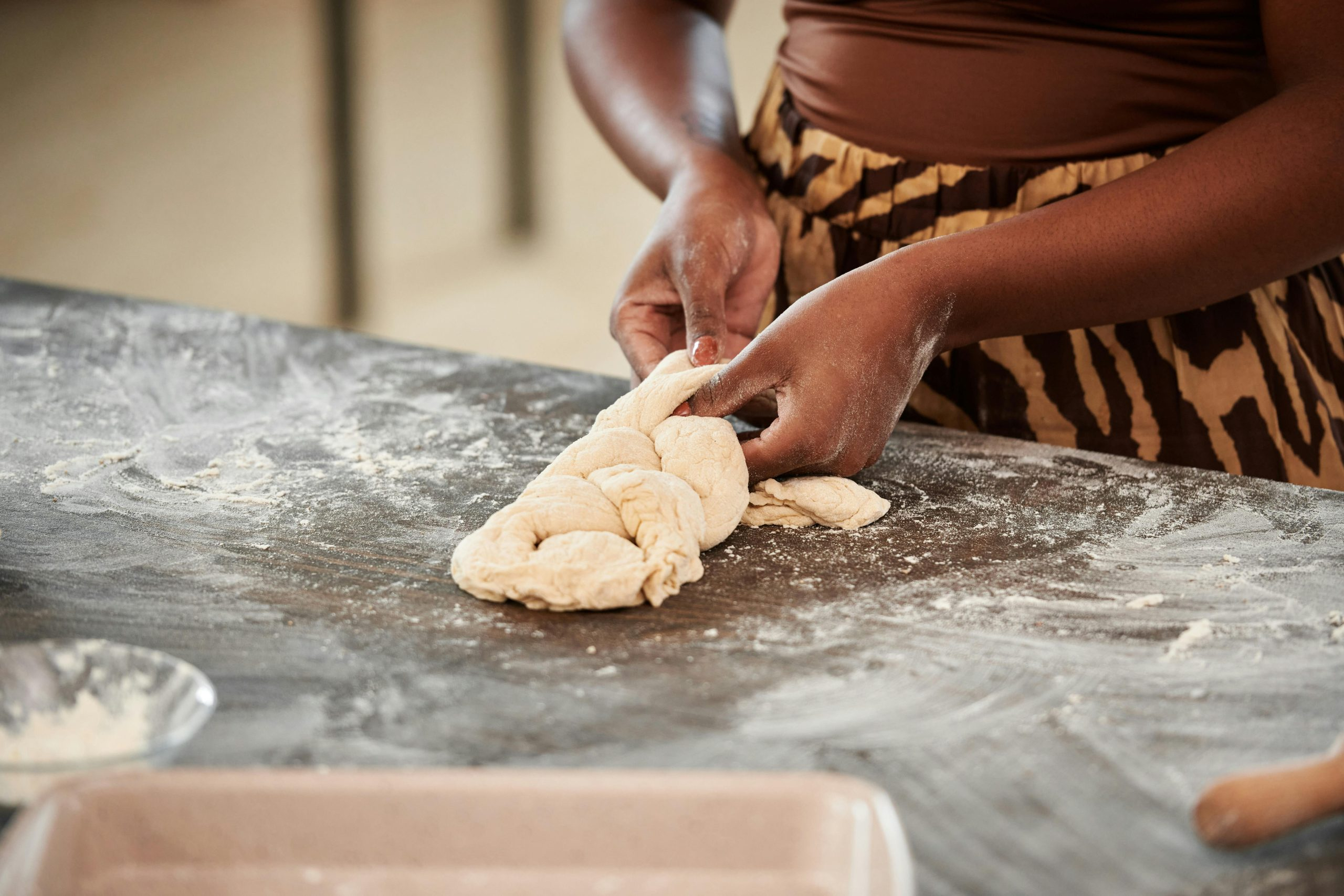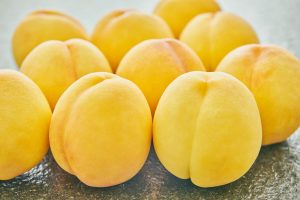How Fermentation Adds Depth to Culinary Creations
Fermentation has long been a staple in the culinary world, but recently it has gained even more popularity as chefs and food enthusiasts alike discover the depth and complexity that it adds to their dishes. What was once only known to produce sauerkraut and pickles has now become a versatile technique that can elevate any dish. From bread and cheese to vegetables and drinks, fermentation has found its way into endless culinary creations. Let’s delve into the world of fermentation and how it adds depth to our food.
What is Fermentation?
Before we get into how fermentation adds depth to culinary creations, let’s first define what it is. Fermentation is a natural process where microorganisms, such as yeast and bacteria, break down sugars and turn them into alcohol or acid. This process not only preserves the food but also creates a distinct flavor and texture, making it more complex and delicious.
Enhancing flavor profiles
The most obvious way fermentation adds depth to culinary creations is through its ability to enhance flavor profiles. As microorganisms break down the sugars in food, they release compounds that add unique and complex tastes. For example, in the fermentation process of making cheese, the bacteria produce compounds that give the cheese its distinct flavor and aroma. Similarly, in sourdough bread, the lactic acid produced by the bacteria creates a tangy and complex taste that cannot be achieved through regular baking.
Boosts nutritional value
Not only does fermentation add depth to culinary creations, but it also boosts their nutritional value. As the microorganisms break down the sugars, they also produce vitamins and nutrients that are not typically found in the original ingredients. This includes B vitamins, probiotics, and enzymes that aid in digestion. The fermentation process also increases the availability of nutrients, making them easier for our bodies to absorb.
Preserves food
In the past, before refrigeration, fermentation was used as a way to preserve food. This process creates an acidic environment that inhibits the growth of harmful bacteria, making the food last longer. Nowadays, as we have access to refrigeration, fermentation is still utilized as a preservation method, but also for the depth of flavor it adds to our food.
Uses in different culinary creations
Fermentation is not limited to a few food items but can be used in various culinary creations. In addition to bread and cheese, it is also commonly used in pickling vegetables, making yogurt, and brewing beer. Even drinks like kombucha and kefir are products of fermentation. Chefs are also experimenting with incorporating fermented ingredients into their dishes, such as using fermented garlic in sauces and adding fermented kimchi to stir-fries. The possibilities are endless.
Conclusion
In conclusion, fermentation is a versatile and ancient technique that adds depth and complexity to culinary creations. Not only does it enhance flavors and nutritional value, but it also preserves food and opens up a world of possibilities in the kitchen. As more and more chefs and food enthusiasts experiment with fermentation, we can expect to see even more innovative and delicious dishes. So next time you enjoy a slice of sourdough bread or a flavorful cheese, remember the importance of fermentation in adding depth to our food.










